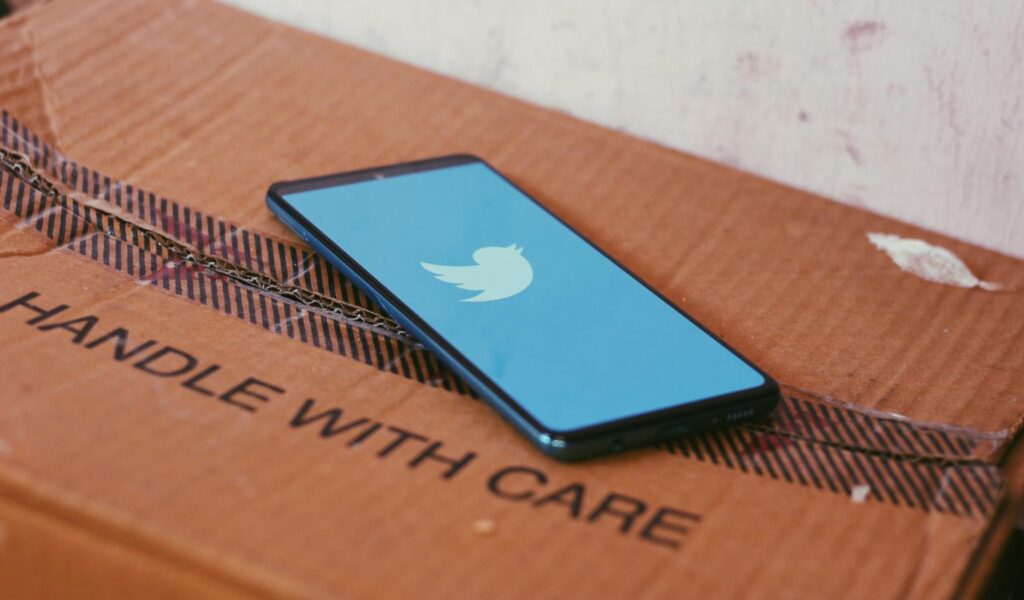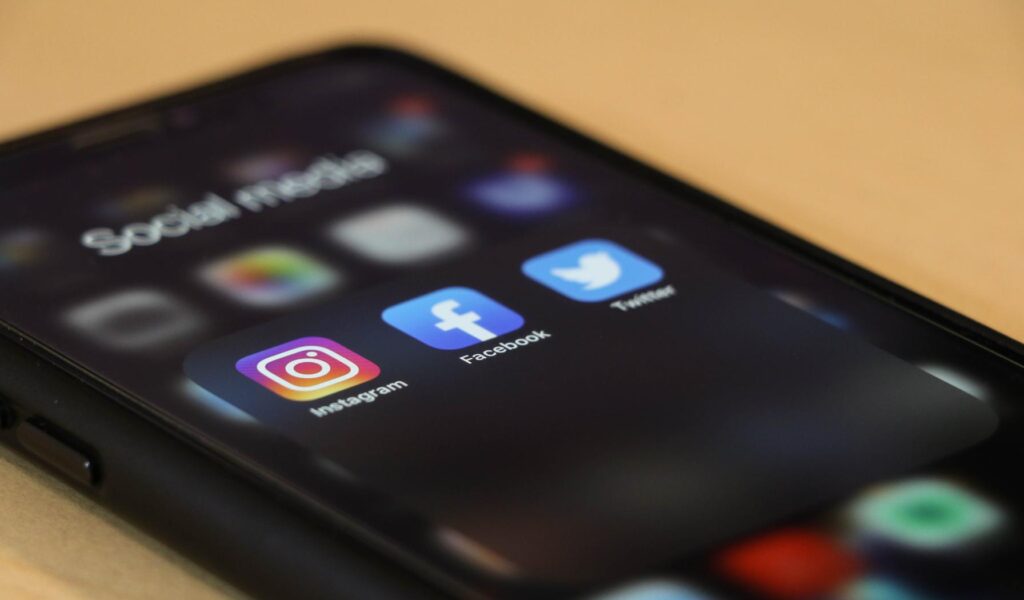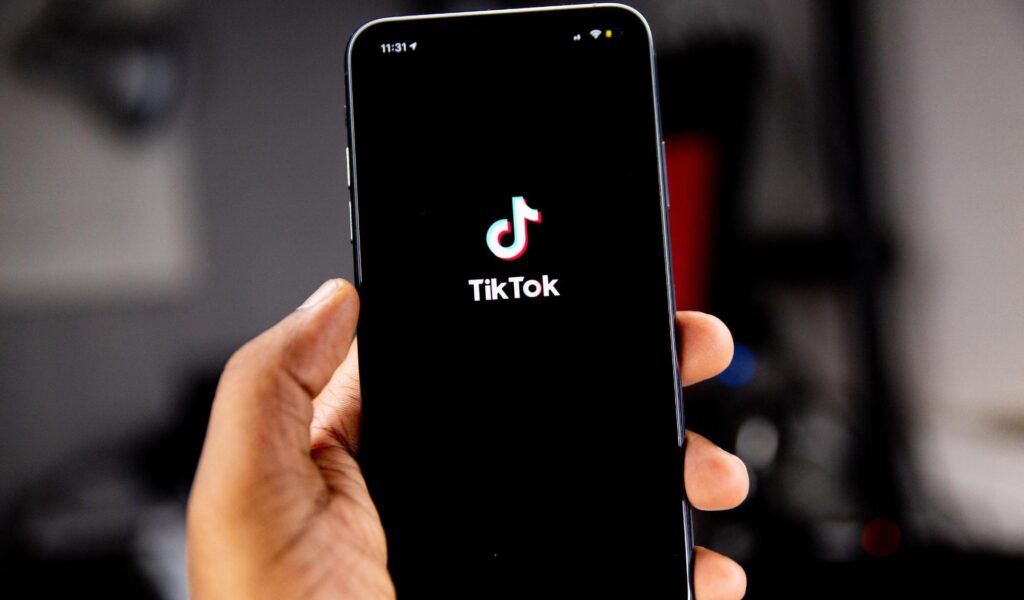Subscription Case #10
Af Niels Vestergaard
My guess is that you’ve already heard about Elon Musk’s acquisition of Twitter at the end of 2022, financed by a loan of $13 billion dollars and the lenders are soon to receive their first interest payment.
This obviously set demands for more revenue, which Twitter have faced issues with finding both before and after the acquisition. And even though it was Musk’s intention to stop political advertising on the platform, it is simply too much of a critical income stream to let go off.
Subscription for the sake of the users – or for the sake of revenue?
And even though Twitter is still extremely dependent on advertising revenue, another important source of income is the new subscription service, Twitter Blue, which has become a central part of Twitter’s strategy to increase revenue. A subscription which originally cost $2.99 a month now costs $11 dollars on the App Store.
Twitter Blue was introduced with a range of benefits for the dedicated user, including prioritization of comments and the possibility to upload 1 minute long videos in high quality. Furthermore, you get the opportunity to change the look of your app icon and choose from a range of colour themes, much like with the Snapchat Plus subscription. And I guess that some might find that valuable enough to pay for…

When I first read through the Twitter Blue benefits I quickly started doubting where the real value in the subscription actually was. But since then, a pretty strong value driver has entered the pot. And Twitter users are not exactly thrilled…
Musk and Twitter finally found a reason-to-buy that users understand. From April 1st 2023, it’s only paying subscribers who are able to get the blue ‘verified’ sticker on their profiles. A feature which, on Twitter, is a pretty important gate against fake profiels – and which even gives you increased exposure. This decision has resulted in something of a backlash, both from celebrities like William Shatner, but, perhaps even more relevant, from the American news organizations who refuse to pay for verification of their profiles.
This also means that all users who had an existing verification lost this on April 1st, given that they didn’t start paying for a Twitter Blue subscription. And the response from Twitter: Too bad, my friend!
Last year, Morten wrote about how Adtech companies are moving into subscription and according to most of American news media, it seems that this transition is not going very smoothly. So what is the reasoning behind it?
Force is a well-known strategy – but it doesn’t last long
When we talk about how to retain subscribers, you can say that the above-mentioned decisions is a relatively effective strategy to get users to pay. For many public figures, Twitter is an important platform and many might feel that they have no other choice than to start paying the little blue bird for it’s services.

But even though Elon Musk has read hundreds of books, I don’t think he ever attended a subscription academy. If you know a little about the subscription evolution, you will quickly realize that Musk’s strategy is strongly inspired by Subscription 1.0, a paradigm where subscribers are retained by binding periods and juridicial complications. And like most telecom companies in the start of the 2000’s learned, this is not the foundation for a fruitful customer relationship – which is why churn rates in this kind of subscriptions were mostly very, very high…
The AdTech companies still have much to learn
When all is said and done, Musk is not the only tech-genius to introduce a paid subscription model on a social network – LinkedIn has done it for ages with impressive success. And meta has recently introduced the same paid verification as the one on Twitter, in the hopes of saving some of the falling revenue from advertising. However, the value offer (as opposed to LinkedIn) is just about as exciting as the one on Twitter Blue.
My net worth is not near the ones of Zuckerberg or Musk, but I have a hard time believing that this way of running a subscription business is sustainable in the long run. There is too much irritation and lack of fairness in these new subscriptions and social networks are in constant danger of being outperformed by new platforms. Right now, I’m thinking of a certain Eastern-based company that has proved pretty effective at conquering market shares from the otherwise “untouchable” Big Tech companies.

Chinese Bytedance, best-known for the daughter company TikTok has just launched their take on a social platform, which is best described as a sort of hybrid between Instagram and Pinterest. The app, which a week ago wasn’t present at the App Store top 200 list, is now currently ranked number nine over the most downloaded apps in the world. This development happened over just two days after a coordinated mobilization of famous TikTik influencers. It will be interesting to see what ‘Lemon8’ can do to the inexperienced subscription pioneers of Silicon Valley.
I’m not saying that the traditional AdTech companies have to get a grip on their member satisfaction before the stock price starts plunging. Or maybe that’s exactly what I’m saying.
Jeg siger ikke, at de traditionelle AdTech-selskaber skal til at få styr på deres medlemstilfredshed før aktieværdien forsvinder hurtigere end en 2-0 føring mod Kasakhstan… Eller jo, måske er det det jeg siger.

